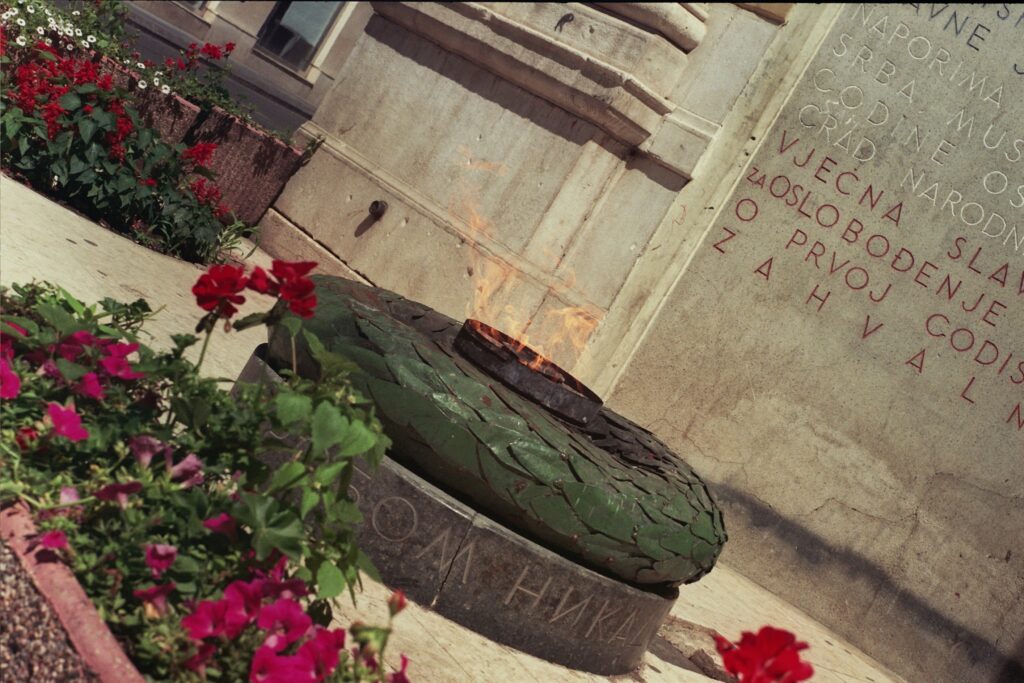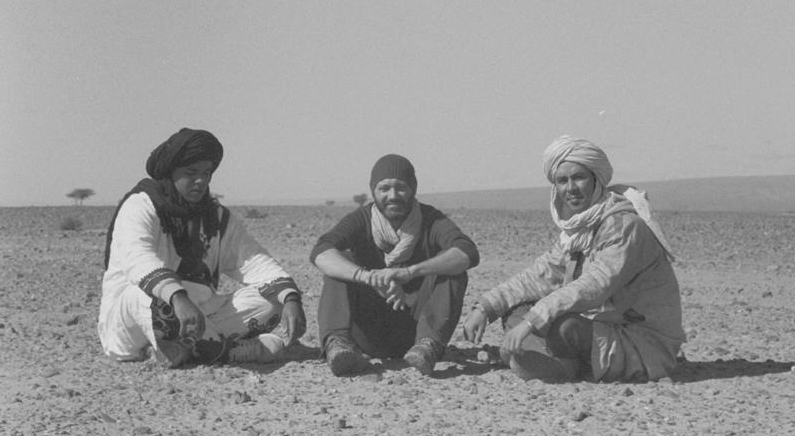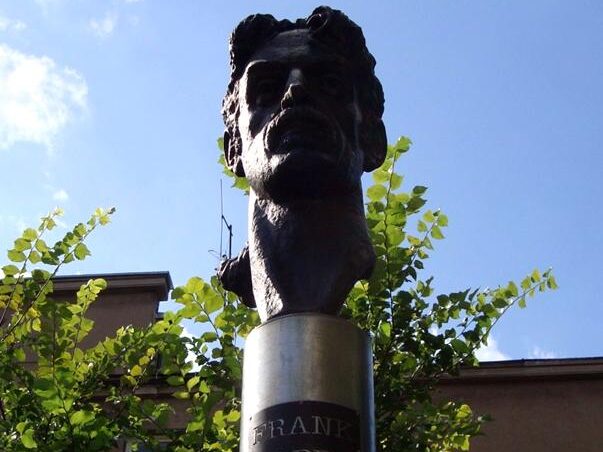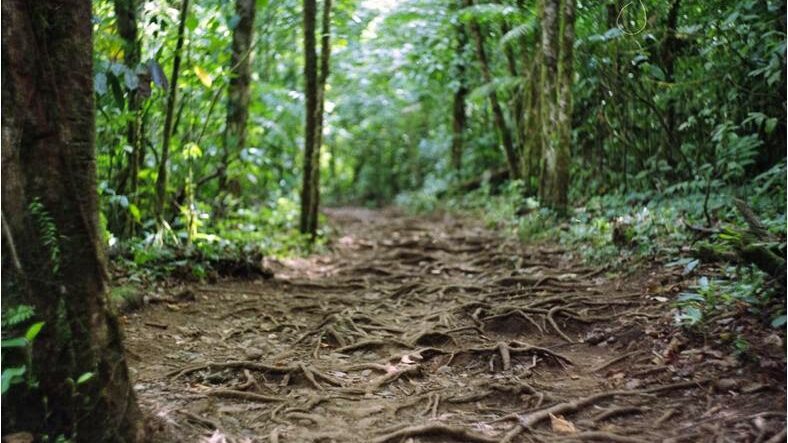
Among the most important places of worship, there are four mosques, a cathedral and two Orthodox churches, a cathedral and two Christian churches and two Jewish synagogues.
If you plan a visit in Sarajevo, make sure you don’t miss the Baščaršija and the Tunnel of Hope:
Baščaršija, meaning “main market,” was established in the 15th century and flourished under Ottoman rule: a labyrinth of narrow, cobblestone streets lined with traditional shops, cafes, and mosques.
The Tunnel of Hope is a poignant reminder of the siege of Sarajevo during the Bosnian War. This underground network, stretching for over 800 meters, was a lifeline for the city, providing a crucial route for food, medicine, and ammunition.
Dug by hand beneath the city streets, the tunnel was a testament to the ingenuity and determination of the Sarajevan people. It allowed them to evade the constant shelling and sniper fire, and provided a glimmer of hope during the darkest days of the siege.
Today, the Tunnel of Hope stands as a powerful symbol of resilience and human spirit. Visitors can explore the tunnel and learn about the harrowing experiences of those who lived through the siege. It’s a sobering reminder of the horrors of war and a tribute to the indomitable human spirit.



